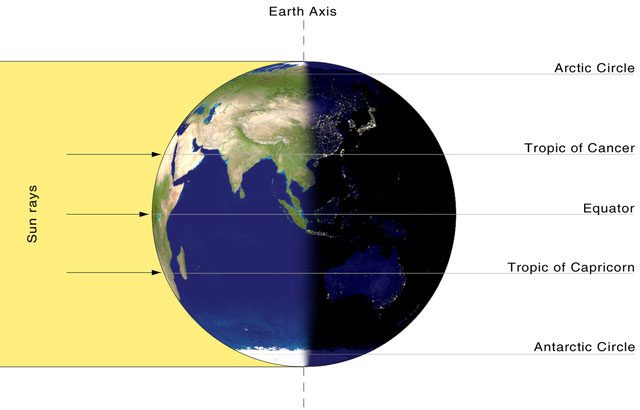According to the Hanoi Astronomical Society (HAS), we bid farewell to August with a series of spectacular astronomical events, and as we enter September, we are set to witness even more fascinating phenomena.
This September, we will experience another supermoon, which is the third and final supermoon of 2023. Prior to this, on September 23, the Earth will enter the autumnal equinox, at which point the length of day and night will be equal, unlike previous periods. In the Northern Hemisphere, it marks the autumn equinox, while in the Southern Hemisphere, it signifies the mid-spring season.

This September, we will witness the final supermoon of 2023. (Illustrative image).
September 15 – New Moon
The Moon will align with the Earth and the Sun, making it invisible in the night sky. This phase occurs at 08:41. It is an excellent time to observe faint celestial objects like galaxies and star clusters, as they will not be affected by moonlight.
September 19 – Neptune at Opposition
The giant blue planet will be at its closest position to Earth and will be fully illuminated by the Sun. It will shine brighter than at any other time of the year and will be visible all night. This is the best time to observe and photograph Neptune. Due to its great distance from Earth, it will appear as a small blue dot in the sky without powerful telescopes.
September 22 – Mercury at Greatest Western Elongation
Mercury will reach its greatest western elongation, positioned 17.9 degrees from the Sun. This is the best time to observe Mercury when it will be at its highest point on the horizon in the morning. Look for this planet in the eastern sky before dawn.
September 23 – Autumnal Equinox
The autumnal equinox will occur at 13:43. The Sun will shine directly over the equator, making day and night equal in length across the globe. This also marks the first day of autumn in the Northern Hemisphere and the first day of spring in the Southern Hemisphere. September 29 – Full Moon, Supermoon
The Moon will be positioned directly opposite the Earth from the Sun, and its surface will be completely illuminated. This phase occurs at 16:59 UTC. This full moon was referred to as the Corn Moon by Native American tribes, as corn is typically harvested around this time of year.
This moon is also known as the Harvest Moon. The Harvest Moon is the full moon that occurs closest to the September equinox each year. It represents the last of the three supermoons in 2023. The Moon will be closest to the Earth and may appear slightly larger and brighter than usual.




















































